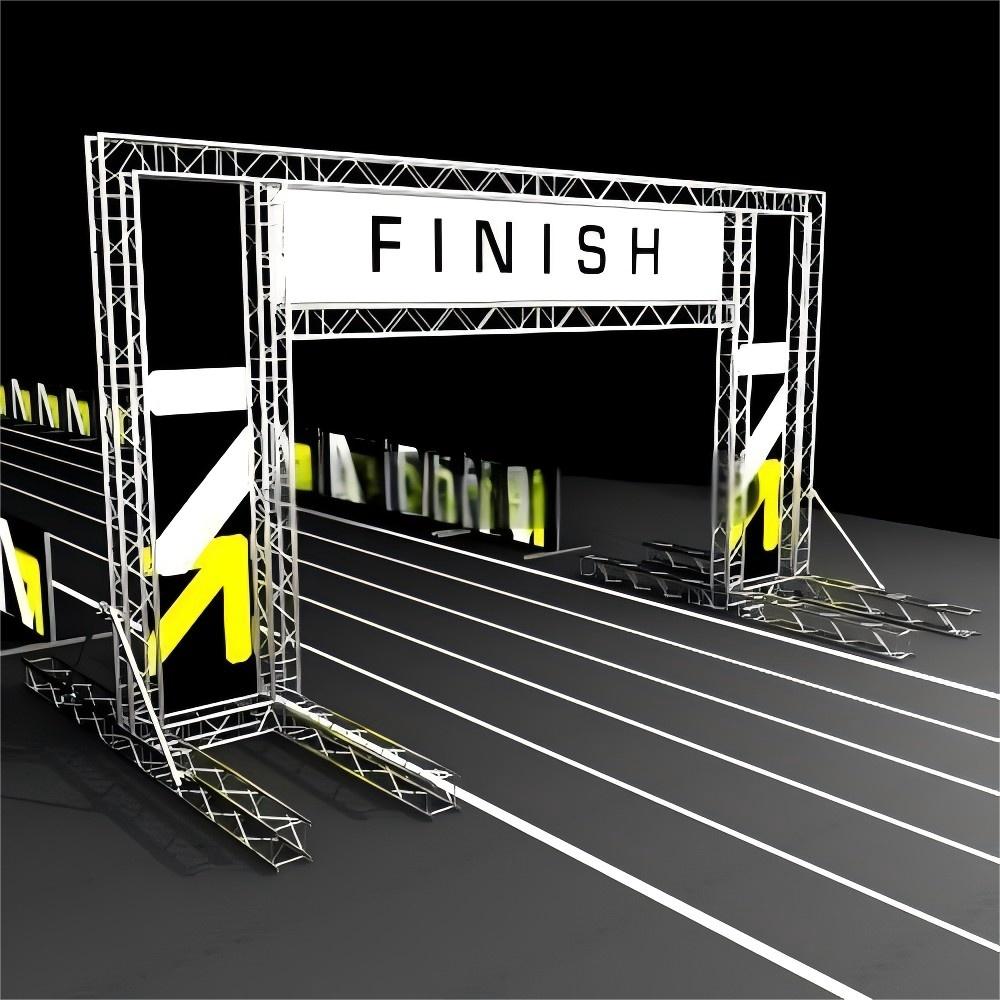What Are You Looking For?
The finalization of the Gentry Aluminum Gate Truss for matches is a meticulous and multi-faceted process. It demands a comprehensive approach encompassing structural integrity, operational efficiency, and logistical considerations. By prioritizing safety, optimizing performance, and ensuring smooth operation, the finalization process ensures the truss fulfills its critical role in facilitating competitive matches, providing a safe and fair environment for players and spectators alike. Only through rigorous attention to detail, meticulous planning, and collaboration between designers, engineers, and logistics personnel can the Gentry Aluminum Gate Truss be truly prepared for its vital role in the world of competitive matches.
I. Structural Integrity and Safety: The Foundation of Performance
The cornerstone of any successful gate truss lies in its structural integrity. The Gentry Aluminum Gate Truss, due to its intended use in competitive matches, must be rigorously inspected and tested to ensure it can withstand the dynamic forces it will encounter.
a. Stress Testing and Analysis:
Thorough stress testing, utilizing industry-standard protocols, is crucial to identify potential weak points and validate the truss's structural capacity. This can involve static load testing, simulating the weight of the gate and potential impact forces, and dynamic testing, mimicking the vibrations and forces generated during match play. Finite element analysis (FEA) software can further enhance this process, simulating load distribution and stress concentration points to optimize the truss's design for maximum resilience.
b. Material Integrity and Quality Control:
The integrity of the aluminum used in the truss is paramount. Detailed material analysis, including tensile strength testing and surface inspection, should be conducted to ensure it meets the required standards. Implementing rigorous quality control measures during the fabrication process, such as weld inspection and surface finish evaluation, guarantees consistent material quality and eliminates potential manufacturing defects.
c. Safety Features and Redundancy:
Safety should be a primary concern in the design and construction of the gate truss. Incorporating features like emergency release mechanisms, robust locking systems, and redundancies in critical components are essential. These features ensure the gate can be easily and safely opened in unforeseen circumstances and minimize the risk of failure during operation.
II. Operational Efficiency and Functionality:
Beyond structural integrity, the Gentry Aluminum Gate Truss must be optimized for efficient operation during matches. This involves careful consideration of the following factors:
a. Ease of Installation and Dismantling:
The truss must be designed for quick and straightforward installation and dismantling to minimize setup time and streamline the match schedule. This can be achieved through modular design principles, clear assembly instructions, and the use of easily accessible connection points.
b. Smooth Operation and Adjustment:
The gate's opening and closing mechanisms should be frictionless and easily adjustable to suit different match formats and player preferences. Employing high-quality bearings, smooth-running track systems, and well-lubricated components contribute to seamless operation, preventing unnecessary delays and ensuring a fair playing environment.
c. Integration with Existing Infrastructure:
The truss must integrate seamlessly with the existing infrastructure at the match venue. This includes compatibility with the surrounding fencing, ground conditions, and any additional safety barriers. Careful planning and pre-match site surveys ensure smooth integration and eliminate potential installation issues.
III. Logistics and Transportation:
The transportation and storage of the Gentry Aluminum Gate Truss are equally important.
a. Compact Design and Packaging:
To facilitate efficient transportation and minimize storage space requirements, the truss should be designed to be compact and easily transportable. Modular components, foldable structures, and effective packaging solutions help reduce the overall volume and weight of the truss, making it easier to handle and transport.
b. Secure Transportation and Handling:
A robust transportation plan ensures safe and secure delivery of the truss to the match venue. This includes using appropriate vehicles, securing the truss during transport, and providing clear handling instructions to personnel involved in its movement.
c. Storage and Maintenance:
Proper storage conditions are crucial to preserving the truss's structural integrity and functionality. A dry, secure environment, protected from potential damage, ensures the truss remains in optimal condition until its next deployment. Regular maintenance, including inspection and cleaning, extends its lifespan and prevents unforeseen issues during match operation.
